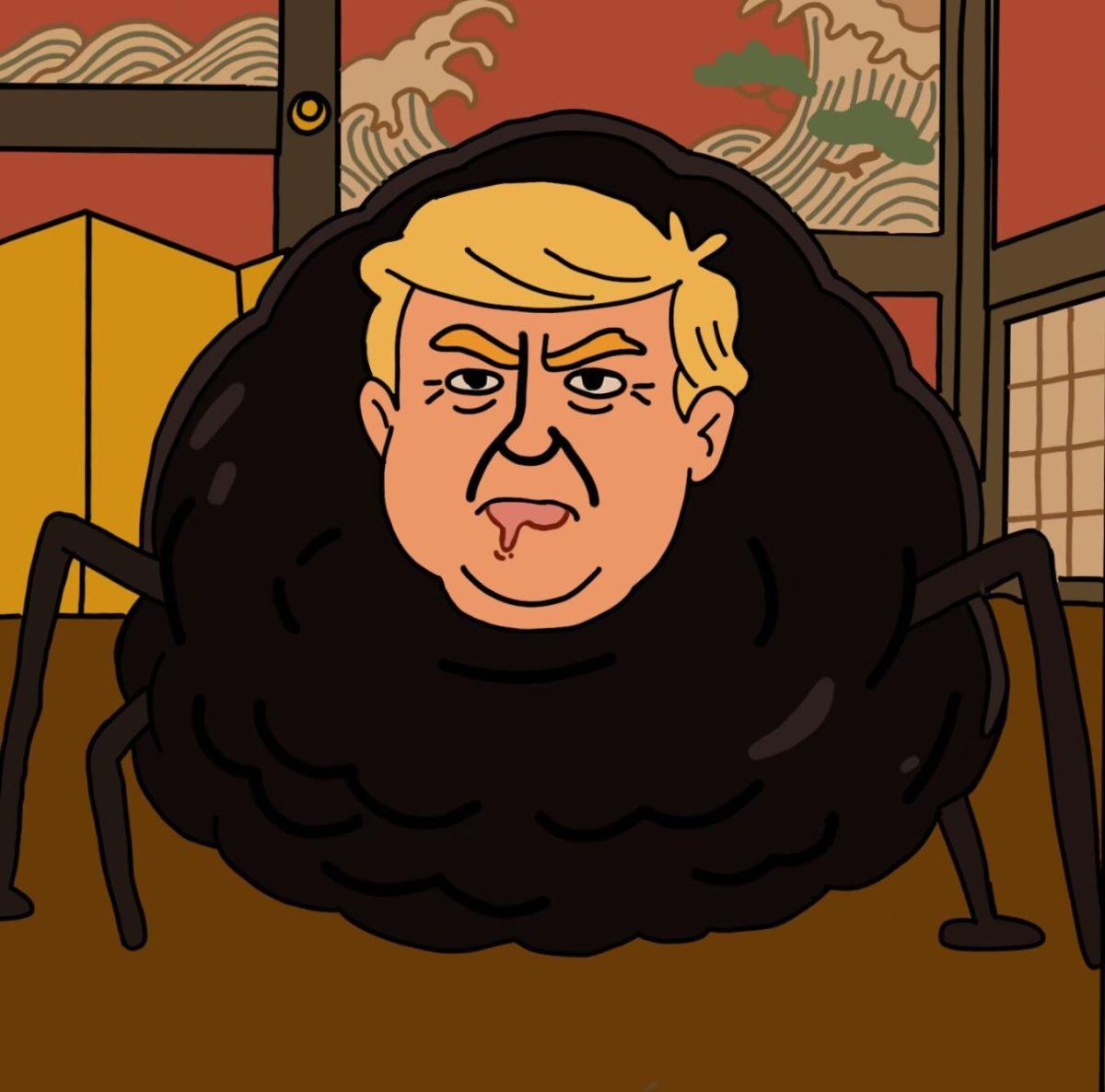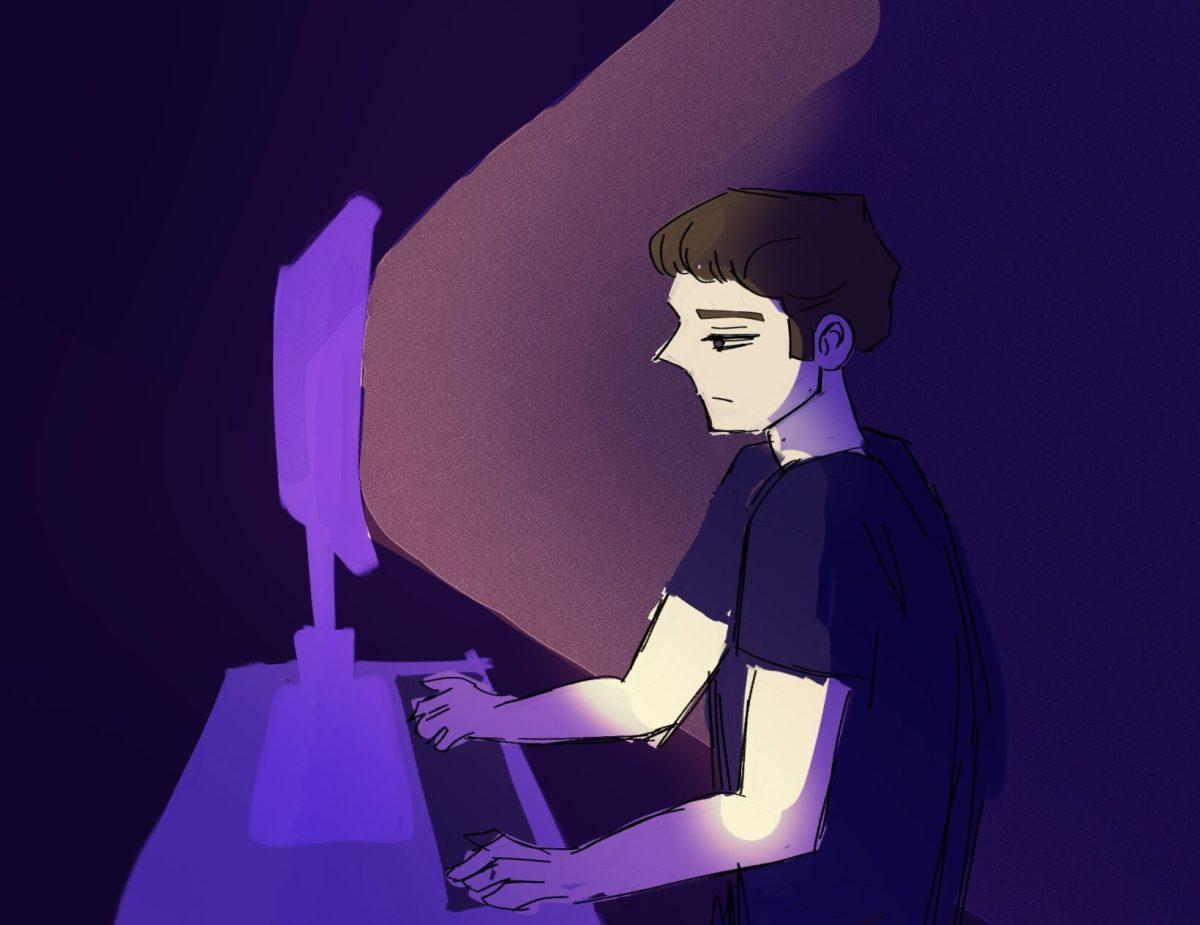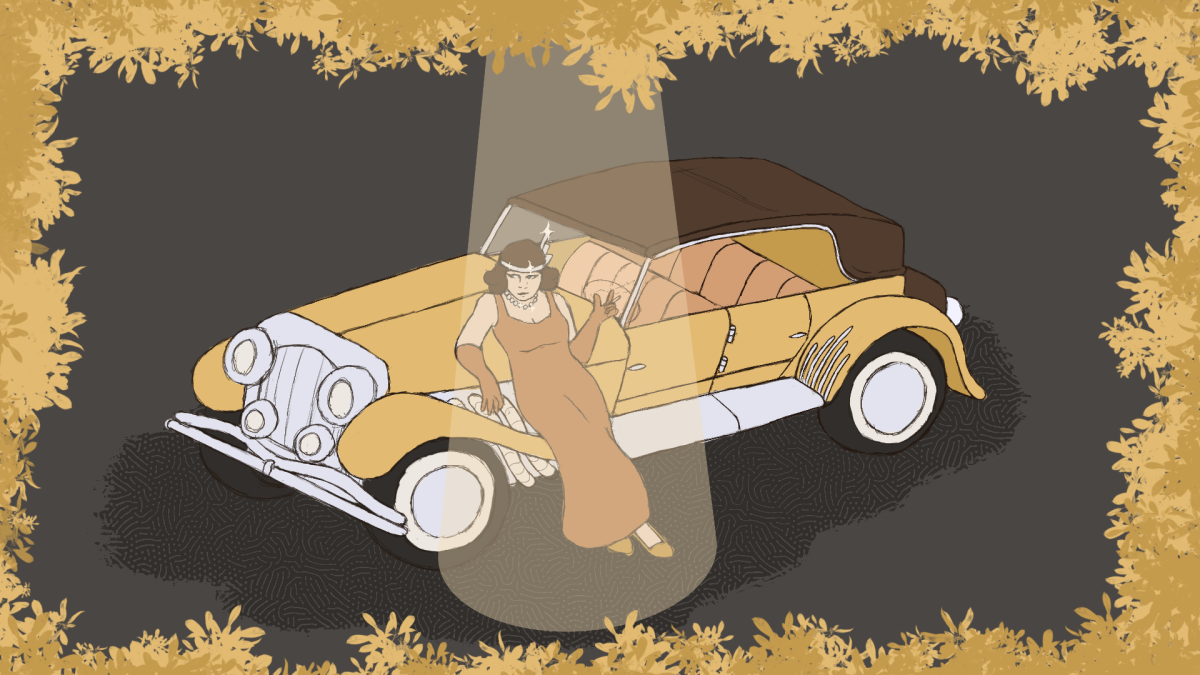Just over one year ago, protesters at UNC-Chapel Hill tore down Silent Sam, a monument to confederate soldiers constructed in 1913. The statue had long been a site for protest against racism and white supremacy, especially during the civil rights movement. Since its removal, the statue has been in storage in an undisclosed location, and its future is unclear.
Fortunately for students, the only plan to reinstall the statue was shot down late last year, and this May, the head of the UNC Board of Governors, Harry Smith, said that he no longer wished to see it put back up. The BOG is still officially reviewing what to do with the statue, but after repeated delays in making a decision, there’s no clear path forward.
Slow-walking action on the controversial statue is the norm for university officials. Prior to its removal and following the protests at Charlottesville, the statue saw increasing activity from students advocating for its removal, as Technician’s editorial board did in 2018. These protests were met with little action from the chancellor, Board of Trustees and others in positions of power.
One telling exchange on the matter occurred in 2017 between UNC-CH and the governor’s office. The mayor of Chapel Hill asked the university to request permission from Gov. Cooper to remove the statue. Cooper sent a letter a few days later to UNC-CH stating his administration’s position that it was legal to do so despite a 2015 law that protects such monuments, citing a provision about public safety. However, the administration at UNC-CH disputed this interpretation and decided not to do anything with the statue.
Given this extreme unwillingness to disrupt the status quo generally, as well as the specific opposition to restoring the statue expressed by Smith, it seems like students who oppose the statue can rest easy for the foreseeable future.
Unfortunately, the same cannot be said for the dozens of other statues that dot North Carolina’s public and private land, such as those in downtown Raleigh by the state Capitol. During celebratory demonstrations in the past week at UNC-CH, participants held signs decrying some 28 locations around their campus with ties to white supremacy.
These monuments are protected by a law passed in 2015 and signed by then-Gov. Pat McCrory which prohibits the removal of “objects of remembrance” which commemorate past military service. Although Democrats in the state legislature attempted to repeal that law earlier this year, Republican majorities in both chambers blocked the measure.
Until that law is removed, it’s essentially impossible to legally decommission the monuments, which if removed must be relocated to a similarly prominent and accessible location and specifically cannot be placed in a museum.
Students at UNC-CH, NC State and other universities across the state can and should continue to voice their opposition to monuments they find harmful. Although there’s little to be done at present through legal means, by continuing to apply pressure — both in public and at the ballot box — we may eventually repeal the law and initiate the removal of more statues. For now, students should take comfort that Silent Sam has been defeated.














